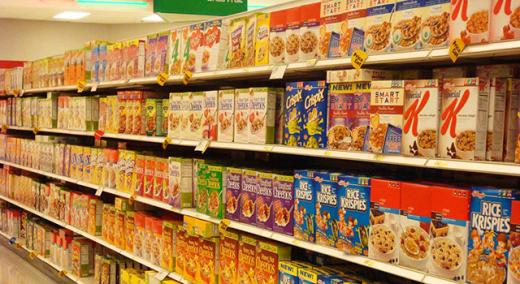
Imagine yourself in your local supermarket, doing your usual grocery run. In aisle after aisle, countless brands vie for your dollars and attention. Colgate, Crest, and Aquafresh toothpaste. Smucker’s, Welch’s, and Dickinson’s strawberry jam. Coke, Pepsi, and RC Cola soft drinks.
|
ADVERTISEMENT |
Like most consumers, you probably prefer one over another in dozens of categories that are collectively called consumer packaged goods. This class of goods includes things with a relatively short life cycle such as food, drinks, cosmetics, and cleaning products. These items are used and replaced quickly, compared with durable goods like appliances and cars. True product innovations in this realm are rare, and actual distinctions between brands are typically slim. Yet reaching for your go-tos is almost automatic, and economists have long tried to determine why.
It’s especially curious because, as research has repeatedly shown, consumers in blind taste tests routinely fail to pick out their preferred brands. And they will happily purchase name-brand products such as Advil even when identical generic products sit right next to them on the shelf for a fraction of the cost.
…
Add new comment